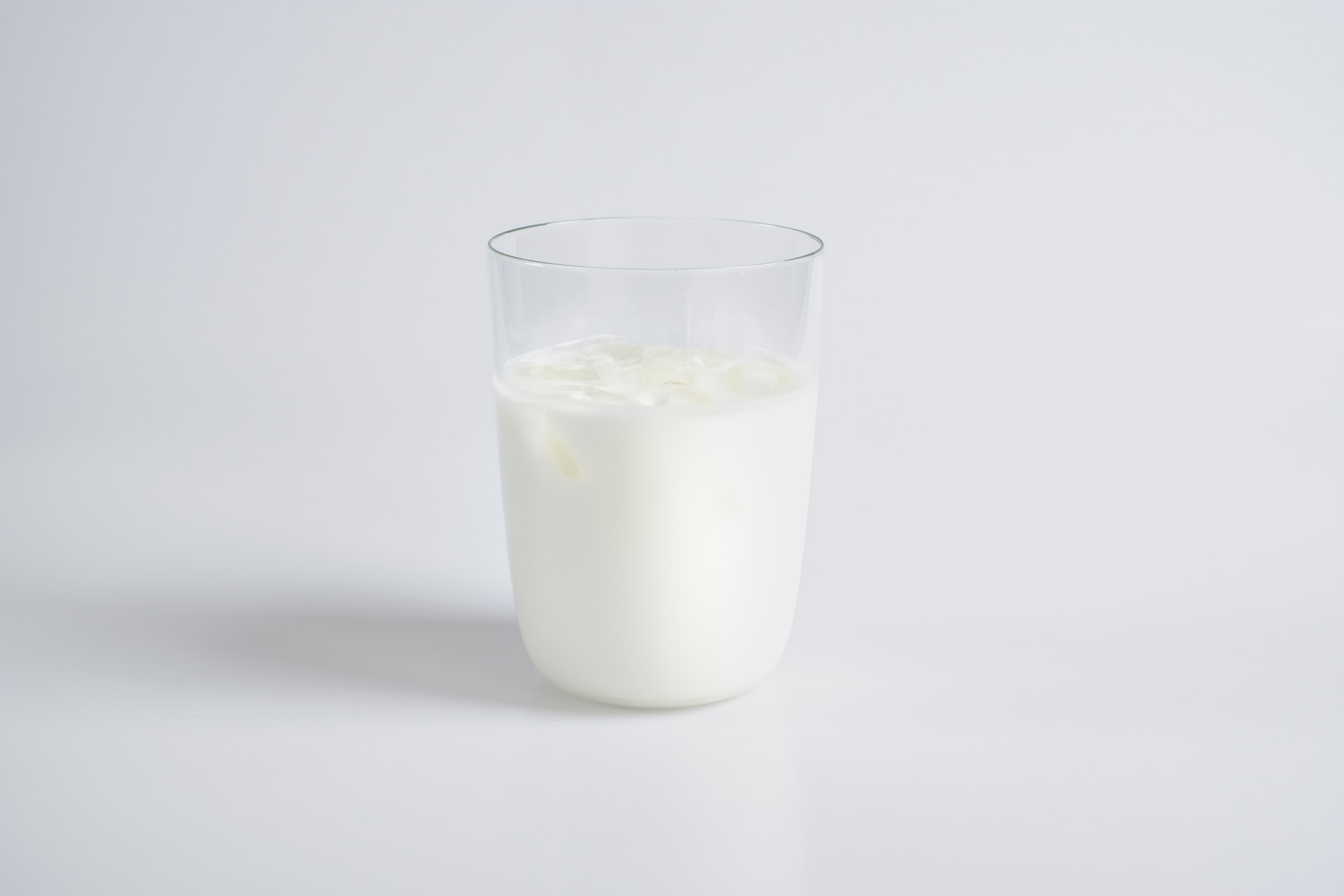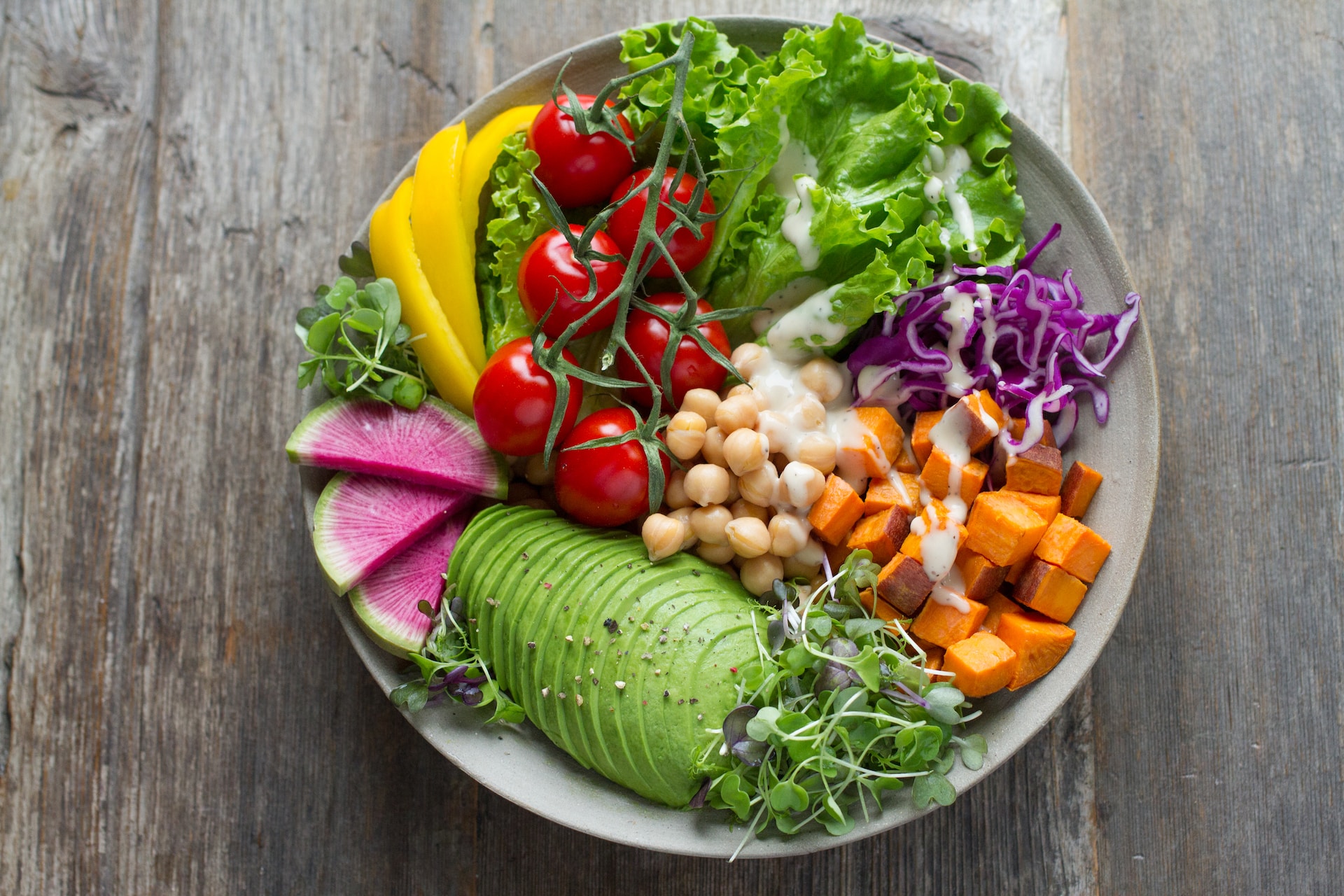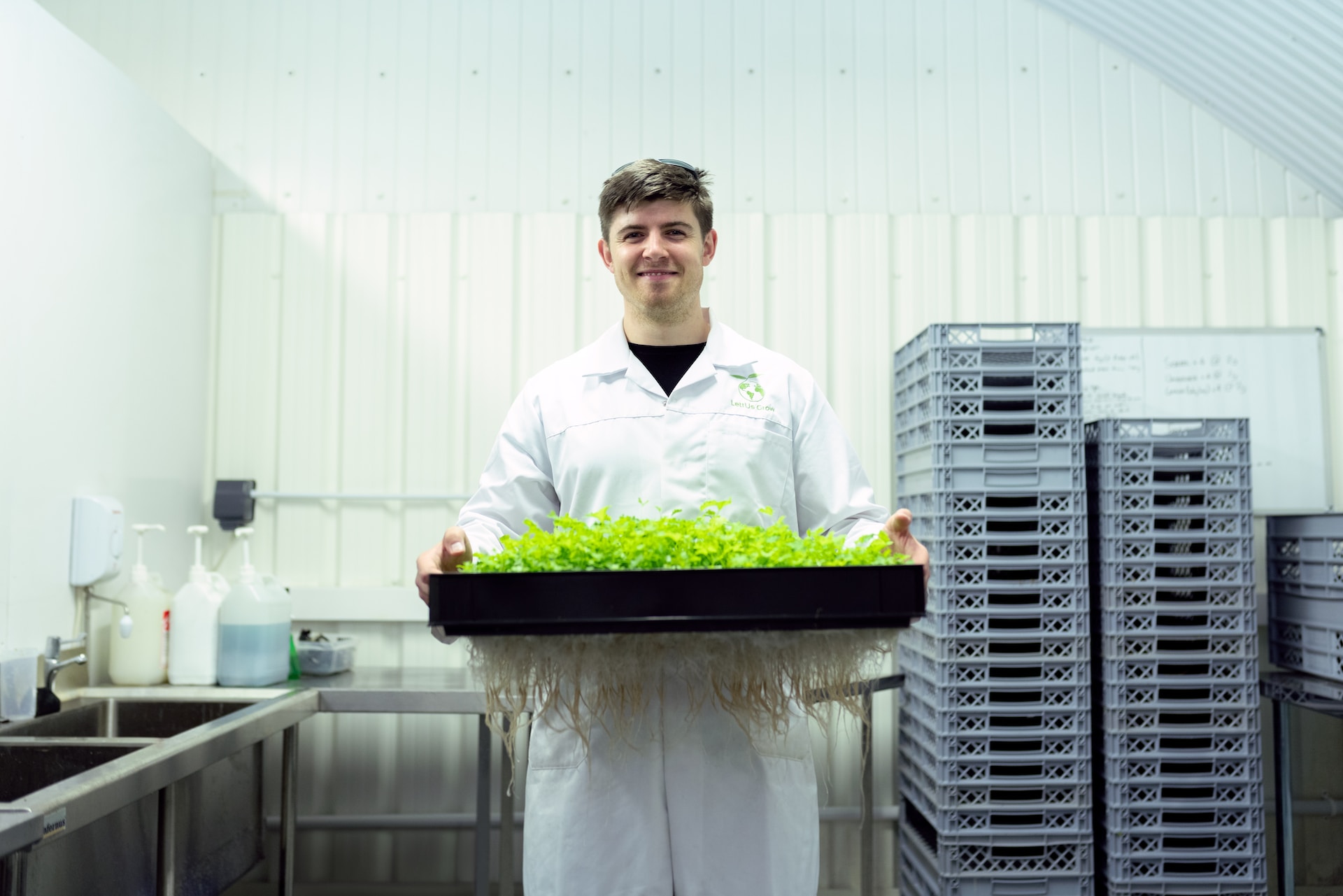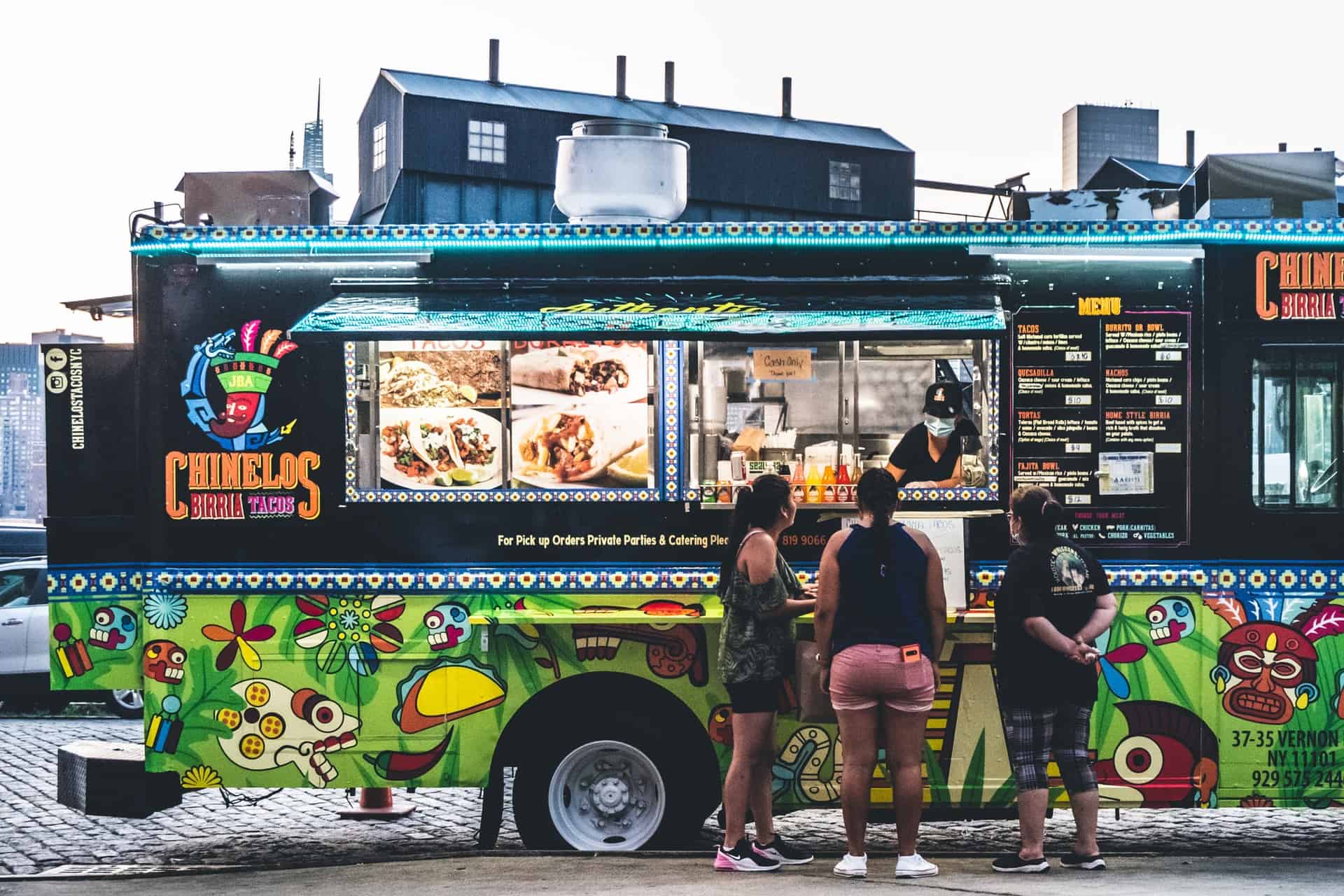
Is the Glycerin in Food Vegan?
March 23, 2023 - Lou Farrell
Revolutionized is reader-supported. When you buy through links on our site, we may earn an affiliate commision. Learn more here.
Found in everything from ice cream to dynamite, glycerin — also known as glycerine or glycerol — is one of the most versatile substances ever discovered. Its sweetness, low glycemic index and humectant properties make it a common additive in many foods. The glycerin in food usually comes from vegetable oil or animal tallow. That means it isn’t always vegan, so consumers should be careful about reading ingredient labels.
What Is Glycerin?
Swedish chemist Carl Wilhelm Scheele discovered glycerin in 1779 when he accidentally boiled olive oil and lead oxide together. He called it “a peculiar sweet principle from oils and fats.” Because that name didn’t quite roll off the tongue, French chemist Michel-Eugène Chevreul later renamed the substance “glycerin.”
The glycerin in food is a type of carbohydrate called a polyol or sugar alcohol. It’s a three-carbon chain molecule with an alcohol bound to each carbon. Its chemical formula is C3H8O3. It has a texture similar to corn syrup.
Glycerin can form links with fatty acid chains at the hydroxyl groups. In the process, it loses a hydrogen and esterifies with the fatty acids to form lipids. If each of glycerin’s arms attaches to a fatty acid, it forms a triglyceride. When only two of its arms attach, it produces a diglyceride. If it only links one of its arms to a fatty acid, the product is called a monoglyceride.
Glycerin can be a byproduct of petroleum in the same refining process that makes ingredients for paints and detergents, but this is uncommon. To create glycerin, manufacturers often obtain it as a byproduct when manufacturing soap and biodiesel, or they hydrolyze triglycerides. The second method is the most common.
The triglycerides often take the form of vegetable fats found in soybeans, canola, coconuts, corn or palm trees, or they may come from animal sources. When glycerin is sourced from plants it is known as vegetable glycerin. Vegetable gylcerin is also a vegan product. Manufacturers heat the fats under pressure or coupled with a strong alkali such as lye to produce glycerin.
Glycerin is colorless, odorless and has a high viscosity. Its freezing point is 62.6°F and it is sticky in high concentrations. It is miscible in water and has strong hygroscopic properties. Conveniently, glycerin is also cheap, biodegradable, recyclable, inflammable, nonvolatile and nontoxic in the environment and the human body.
Glycerin in Food
Glycerin has countless uses in food preparation. It helps oil-based and water-based ingredients mix, acts as a preservative and helps food retain moisture. Liqueurs owe their smooth sweetness to glycerin, and ice cream would form ice crystals without it. It reduces the stickiness of starches, provides a better consistency to candies and prevents chocolate from sagging.
Glycerin is great for adding moisture without adding water — this property makes it useful for preserving flavor in muffins, cakes and cookies. It is also important for preventing royal icing from cracking or crumbling when exposed to air or when cut. Glycerin in food also improves the thickness and overall texture of baked goods. Plus, it can act as a preservative for lavender, rosemary and other botanical extracts.
Food manufacturers use glycerin in candy, condensed milk, pudding, powdered milk, gum, condiments, dried fruits and vegetables, soups, energy bars, seasonings, spices, drinks and more. Some foods like honey, beer, vinegar and wine naturally contain glycerin. The human body also produces glycerin in small amounts.
Glycerin’s Place in a Vegan Diet
Veganism has become more popular in recent years, and in some countries — such as India — as much as nine percent of the population follows a vegan diet, with almost 25% being vegetarian. Unlike vegetarians, vegans avoid all animal products, including meat, dairy, honey, eggs and animal-derived ingredients like gelatin. Since glycerin derives from tallow, vegans and vegetarians alike will need to stick to vegetable-based glycerin in food.
If a nutrition label lists it as “vegetable glycerin,” then it’s safe for a vegan diet. However, if the label simply says “glycerin,” then it could be from animal or vegetable fat. Consumers should contact the manufacturer to find out where the glycerin originates.
People can also look for a “Vegan Certified” label from Vegan Action or “Certified Plant Based” certification from the Plant Based Foods Association. The presence of these stamps signifies that the food contains no animal products.
The Body’s Response to Glycerin
Glycerin is only about 75% as sweet as sucrose, but it has slightly more calories. The small intestine completely absorbs it. Glycerin makes an excellent sweetener because it does not promote significant insulin secretion, meaning blood glucose doesn’t spike as much as it would after eating other carbohydrates.
Medical professionals use glycerin for a wide range of treatments. It is a key ingredient in cough drops, cough syrup, toothpaste, mouthwash and skincare products, and it has antimicrobial and antiviral properties. It also preserves red blood cells in blood banks prior to freezing.
Oddly, even though the human body naturally produces glycerin, some people are allergic to it. The allergy may present as hives or dermatitis upon contact with the skin.
Barring the presence of this very rare allergy, the Food and Drug Administration (FDA) has determined that glycerin is safe to eat. There is no established acceptable intake level for glycerin because it’s not required for a balanced diet.
Some sugar alcohols like mannitol and sorbitol cause gastrointestinal issues such as a laxative effect, diarrhea, gas or bloating. However, the amount of glycerin present in food is usually not enough to cause adverse reactions. In the rare event that someone ate too much glycerin, it could cause a laxative effect, headache, nausea, thirst or high blood sugar.
Two Forms of Glycerin
As a cheap, highly versatile product with numerous useful properties, glycerin is one of the most common food and cosmetic additives. Whether the glycerin in food is animal- or vegetable-derived determines whether or not it’s vegan. Unless it’s explicitly listed as “vegetable glycerin” or the manufacturer clarifies that it came from plants, people on a strict vegan diet should assume all glycerin in food comes from animal fat.
Revolutionized is reader-supported. When you buy through links on our site, we may earn an affiliate commision. Learn more here.




